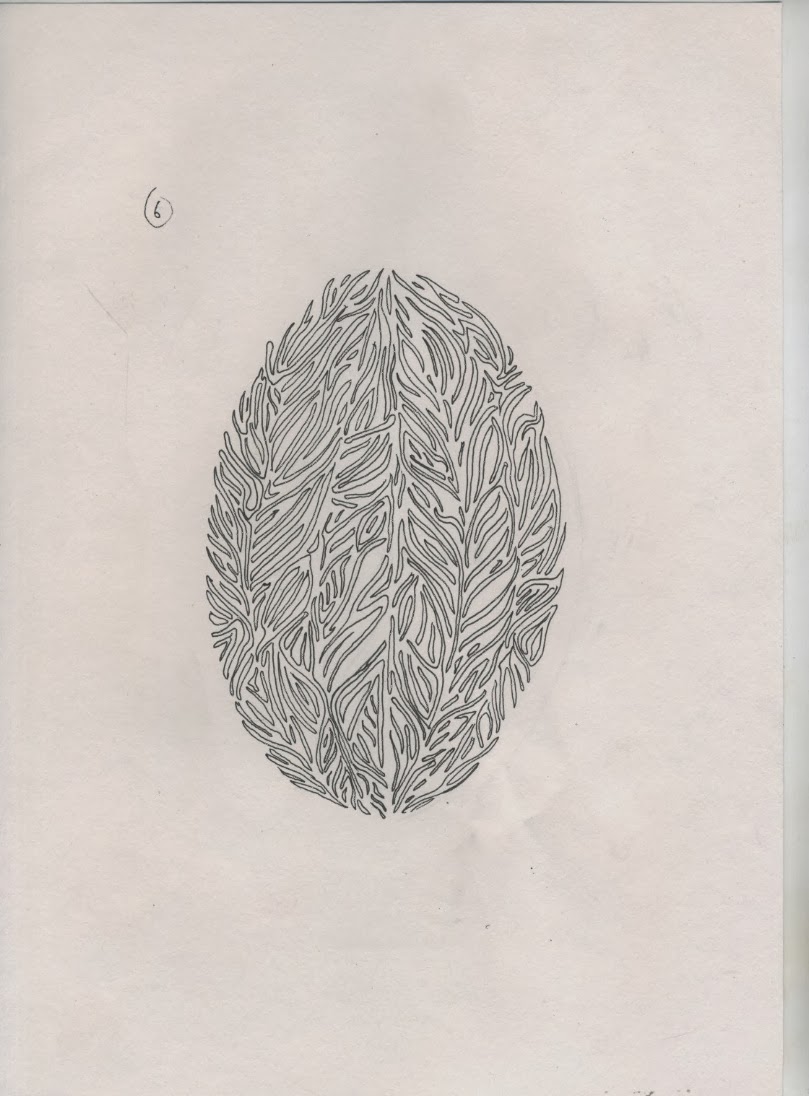DEWEY,J. (2005) Art as Experience. New York: The Penguin Group.
KNECHTEL,J. (2007) Trash. China: Alphabet City Media, Inc.VERGINE,L. (2007) When Trash Becomes Art: Trash rubbish mongo. Italy: Skira Editore S.p.A.
JOHNSTONE,S. (2008) The Everyday, Documents of Contemporary Art. Whitechapel and The MIT Press: London and Cambridge, Massachusetts.
_________
BOWLES,M & ISAAC,C. (2009) Digital Textile Design. London: Laurence King.
DAMHORST,M-L & MILLER-SPILLMAN,K & MICHELMAN,S. (2005) The Meanings of Dress: Second Edition. USA: Fairchild Publications.
WALKER,J.A. (2001) Art in the Age of the Mass Media: Third Edition. London: Pluto Press
HOFFMAN,J & JONAS,J. (2005) Perform. London: Thames and Hudson
WITTS,N & HUXLEY,M. (2002) The twentieth century performance reader. London and New York: Routledge
BIAL,H. (2007) The Performance Studies Reader: Second Edition. London: Routledge
STERN,R. (2003) Against Fashion: Clothing as Art, 1850-1930. Cambridge, Massachusetts: The MIT Press
GOLDBERG,R. (1998) Performance: Live Art since the 60's. London: Thames and Hudson
MALCOLM,B. (2002) Fashion as Communication: Second Edition. London: Routledge
LURIE,A. (1992) The Language of Clothes. London:Bloomsbury
BANCROFT,A. (2012) Fashion and Psychoanalysis: Styling the Self. London: I B Tauris
BARNES,R & EICHER,J. (1993) Dress and Gender: Making and Meaning. Oxford & New York: Berg
PAULINS,V & HILLERY,J. (2009) Ethics in the Fashion Industry. New York: Fairchild
BERMAN,M. (1983) All That is Solid Melts into Air: The Experience of Modernity. London: Verso
MINK, D. (2011) Fashion out of order: Disruption as a Principle. Stuttgart: Arnoldsche
GRANT,L. (2009) The Thoughtful Dresser. London: Virago
MARK, L. (2005) Ecstasy: In and About Altered States. Cambridge, Massachusetts: The MIT Press
CRAIK, J. (1994) The Face of Fashion: Cultural Studies in Fashion. London and New York: Routledge
KUCHLER, S. & MILLER, D. (2005) Clothing as Material Culture. Oxford: Berg Publishers Limited
ROWLEY, S. (1999) Reinventing Textiles, Vol 1. Tradition and Innovation. Winchester: Telos
HEMMINGS, J. (2012) The Textiles Reader. Oxford, Berg.
ADAMSON, G. (2009) The Craft Reader. Oxford: Berg
RIDGWELL, J. (2009) Sustainable Textile Design. London: Ridgwell Press
PERRA, D.P (2010) Low Cost Design. Milan: Silvana Editoriale Spa
MCGOVERN, U. (2008) Lost Crafts: Rediscovering Traditional Skills. Edinburgh: Chambers
_________________
Magazines-
- MILLER, L. (2013) Cloth and Memory 2, Textile Forum, September Copy, p 20-21
- LAUE, D. (2013) The 15th Techtextil Fair and Texprocess, Textile Forum, September Copy, p 42-43
-LAUE, D. (2013) We Are All Fetishists, Textile Forum, September Copy, p 14-15
KIDRON, C. (2012) Breaching the wall of traumatic silence: Holocaust survivor and descendant person-object relations and the material transmission of the genocidal past, Journal of Material Culture, Volume 17 March, p 4-21
HAERPER, S. (2012) 'I'm glad she has her glasses on. That really makes the difference', Grave goods in English and American death rituals, Journal of Material Culture, Volume 17 March, p 43-59
Embroidery: The textile art magazine, November/December 2013, Volume 64
Drapers Magazine: For all the fashion business, November 9 2013
Anonymous (2013) Understanding sustainable design, Textiles, 2013 No.3, p19-20
GILBERT, H. (2013) Trapped by Tatriiz: Bedoin Handicrafts and Marginalization in South Sinai, Textile : The journey of cloth and culture, Volume 11 Issue 2, p 130-139
GILL, A.A. (2013) The Perfect Fit, The Sunday Times Magazine, November 17 2013, p 83-85
Article
in journal:
Bennett, D. (1989) Consuming
Popular Culture,
Design No. 45, Autumn, pp 7-25.
Websites- ADD DATES LAST VIEWED
http://www.wired.com/thisdayintech/2011/01/0124first-us-canned-beer/
http://www.wrap.org.uk/content/time-unlock-value-household-textile-waste-says-wrap
Blurred Lines, Androgyny and Creativity by Scott Barry Kaufman, Sept 1 , 2013 http://blogs.scientificamerican.com/beautiful-minds/2013/09/01/blurred-lines-androgyny-and-creativity/
Lauren Cochrane, The Guardian, Friday 20th September, 2013,
http://www.theguardian.com/fashion/2013/sep/20/how-to-androgynous-fashion
http://www.doiselles.com.br
Rebecca Sales, 4th August 2013,
http://www.dailymail.co.uk/news/article-2384376/Maximum-security-prisoners-Brazilian-jail-knitting-create-designs-high-end-fashion-label.html
http://www.sustainable-fashion.com/tag/fashion/
Stretch Identity to fit: the many faces of nikki s. lee
http://cielvariablearchives.org/en/component/content/article/393-stretching-identity-to-fit-the-many-faces-of-nikki-s-lee.html
http://www.jimarendt.com/JimArendt.com/About_Me.html VIEWED 23rd nov
Gilbert and George: the odd couple, Wednesday 24 June 2009
http://www.theguardian.com/artanddesign/2009/jun/24/gilbert-george-white-cube
28th November
nick cave
http://www.fastcodesign.com/1665221/nick-caves-sound-suits-stunning-wearable-art-for-modern-witch-doctors#2
http://www.juxtapoz.com/current/nick-caves-soundsuits
http://artery.wbur.org/2013/03/04/nick-cave-soundsuits-peabody-essex
19th December
http://www.theguardian.com/music/2010/apr/17/grace-jones-interview
28th December
http://www.123inspiration.com/wilder-mann-by-charles-freger-costumes-of-still-practiced-pagan-rituals-of-europe/european-pagan-rituals-wilder-mann-charles-freger-16/
http://ngm.nationalgeographic.com/2013/04/europes-wild-men/shea-text
http://www.thebalde.net/edukia.php?uuid=1122&img=721&lang=en
FILM
matthew berney the cremaster cycle
TALKS
Wayne Hemmingway, November 19,2013












































